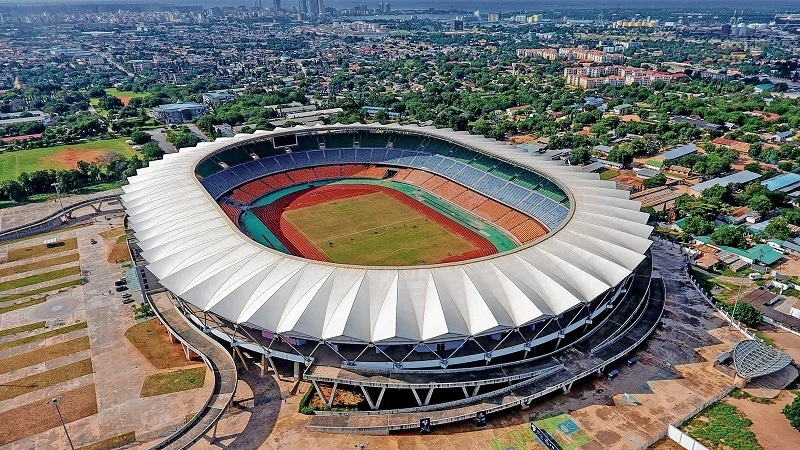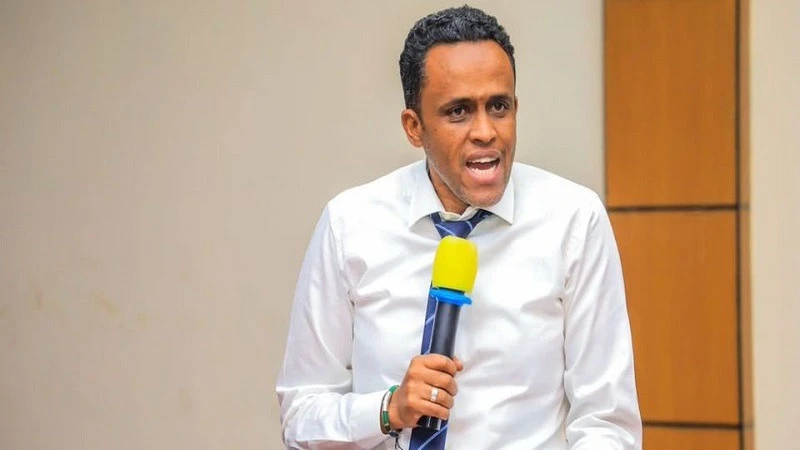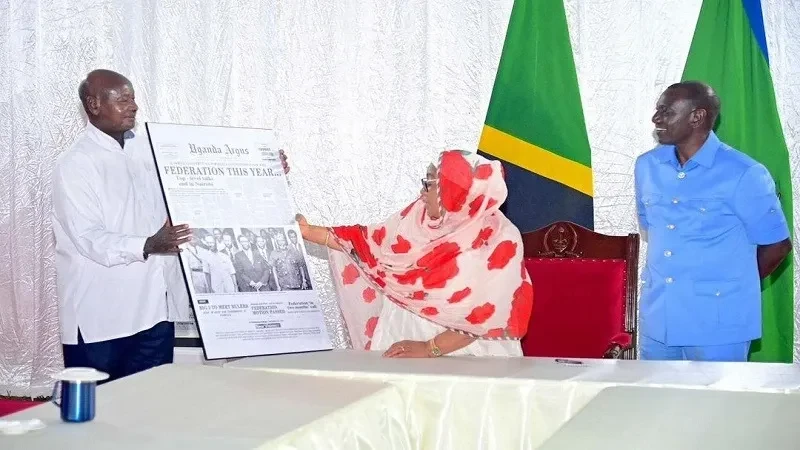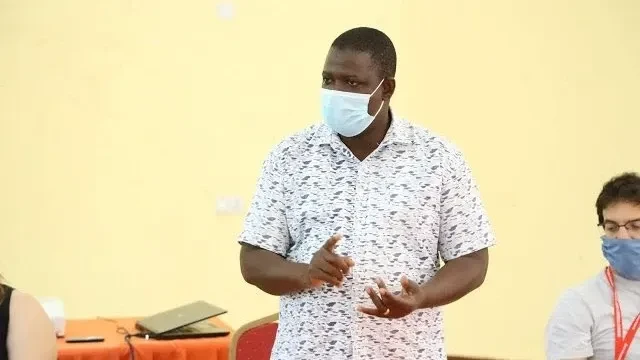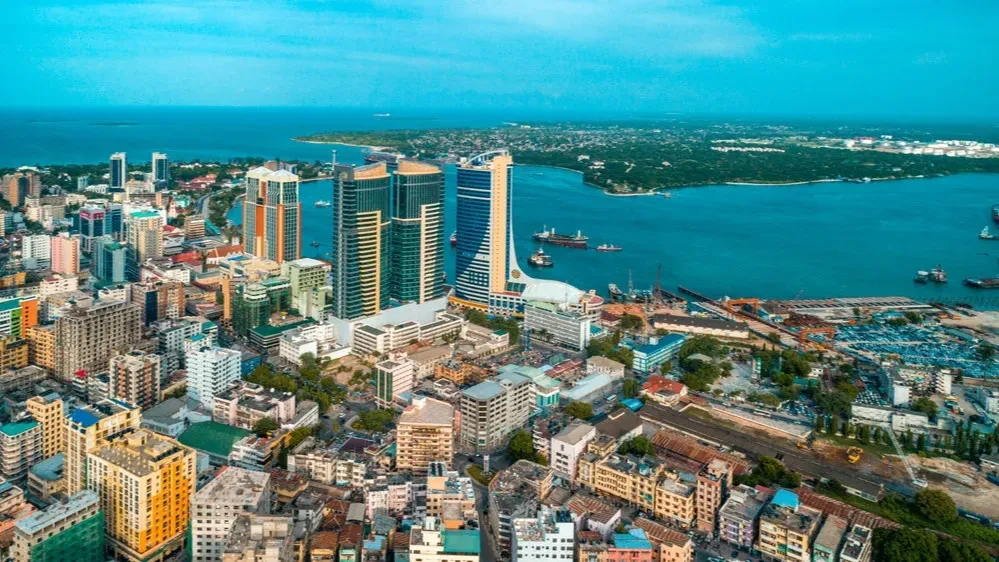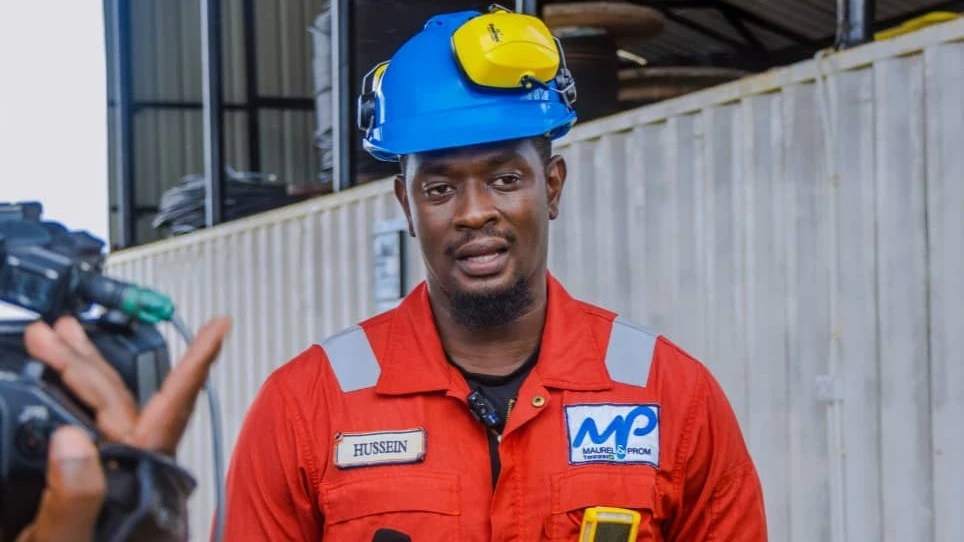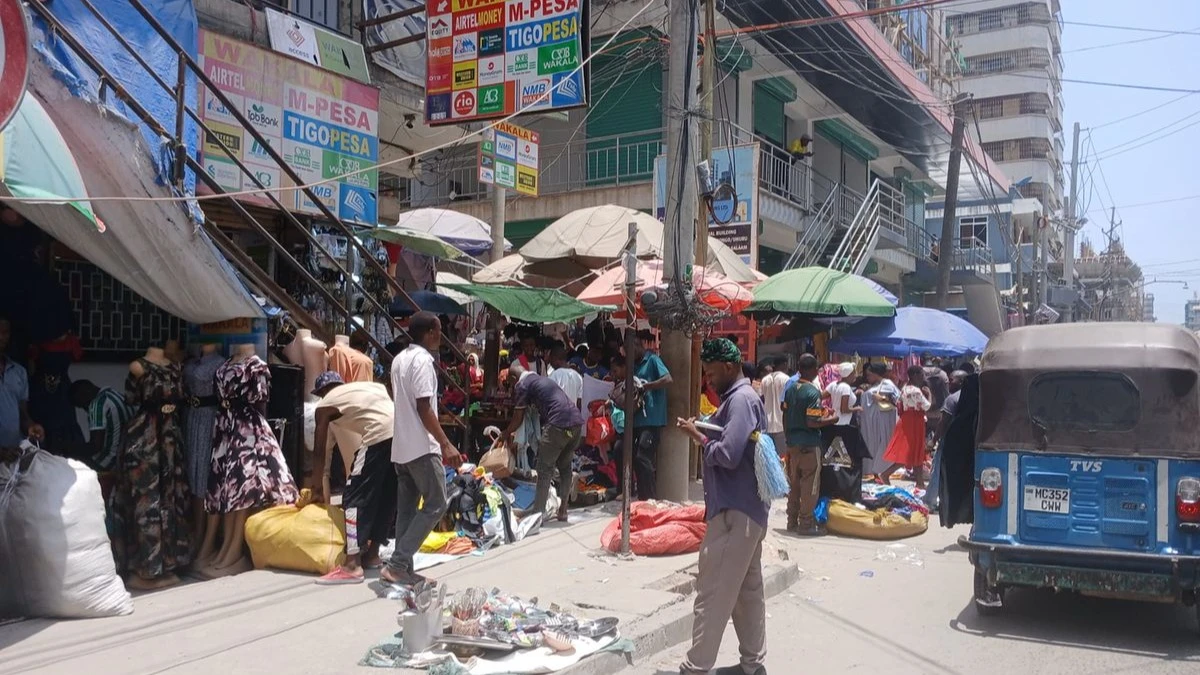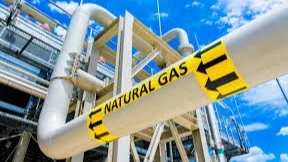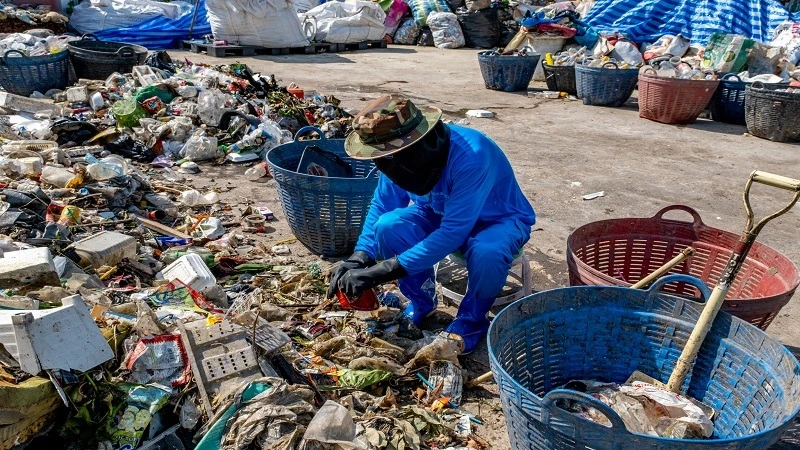Cautious optimism over sustainable, more productive agro-based sectors
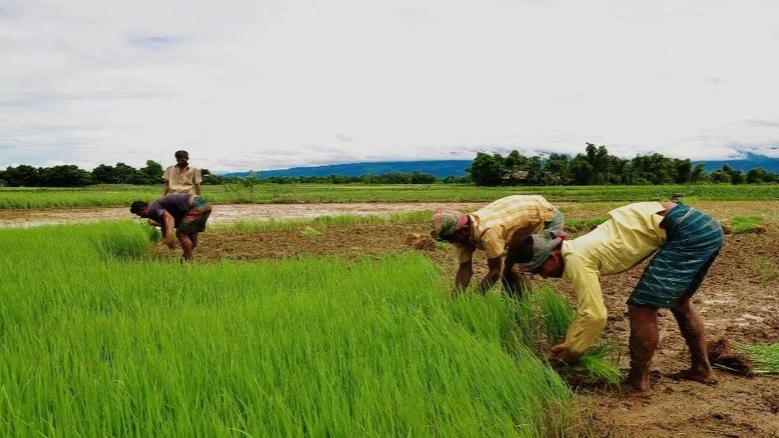
LISTENING to some leaders making regional tours or gracing some important organisational or administrative event helps observers and the citizenry more usefully gauge the level or magnitude of ‘strengths, weaknesses, opportunities and threats’ in relation to what the government does.
Reflections by public officials, be it in the direction of expectation, assurance or as a reminder about one thing or another serve as a barometer or level of confidence on particular aspects.
This forms part of the public mood by reason of informed consensus across large numbers of people, depending on their ‘stations in life’ and thus overall feelings.
In a way, it is illustrated by reflections by Prime Minister Kassim Majaliwa while on a working tour of Tabora Region, when he reaffirmed the government’s commitment to developing a sustainable and productive livestock sector.
He reiterated the pledge during mid-week meetings with residents of Igunga District, underlining the need to advance the sector.
The PM was emphatic in recognising the sector’s role in driving the economy, creating jobs and promoting trade, quipping that livestock is wealth, livestock is life and livestock is money.
This may not have quite rhymed with stressing that farmers should grow more food and cash crops in an environment where livestock keepers and farmers work together.
When it comes to the two sides of agro-based economic activities, there is a sort of constant contention of opposites when either side is expressed as a distinctive community, but the region the PM was visiting has relatively few of such cases.
The reason for this is that the two sides of agro-based economic endeavour do not belong to distinctive communities – as opposed to the situation obtaining in regions to the south of the central railway line, where livestock keepers are relative newcomers.
Here the idea of the two communities ‘working together’ has a reassuring flavour to cattle-rearing communities and a note of despair for farmers, while to the north it is harmony of activities, not groups.
One of the more difficult aspects of interpreting agro-sector statistics is in this aspect: how livestock populations are good endowment for economy, or how far this multiplies problems of social cohesion and economic assurance where cattle migratory invaders pounce on local people.
Within cattle-rearing communities, meanwhile, there is the issue of how much of such activity is vital in suppressing the cost of meat especially in urban areas.
Another crucial aspect related to the matter is the point at which it becomes a problem of ‘human capital modernisation’ particularly in ensuring that boys go to school instead of herding, and young girls are not married off as ‘demanded’ by customs.
Whatever different parts of the country feel about all this, there was no doubt that the premier was there for broad assurances – mostly meant to resolve longstanding challenges.
There wasn’t much expectation that all district councils would create strategies geared at successfully promoting individual economic growth and effectively managing local resources for wider benefit.
It may not be very easy for some districts to moot, devise and profitably pursue a substantial number and rich variety of development projects holding much promise of thriving in the long term. But that must always be the focus – and target. It is precisely what development plans are for.
Top Headlines
© 2025 IPPMEDIA.COM. ALL RIGHTS RESERVED


